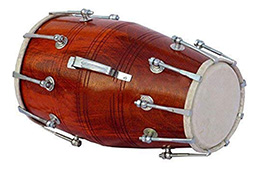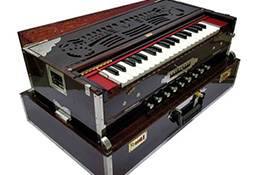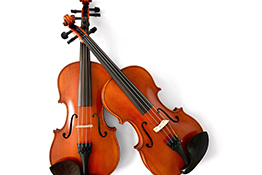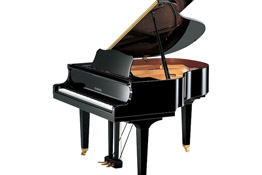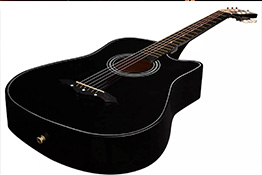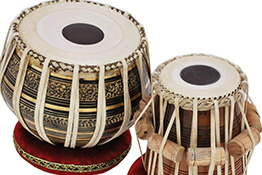
Introduction:
The tabla, a pair of hand drums, holds a significant position in the realm of Indian classical music. With its unique tonal quality, intricate rhythms, and expressive capabilities, the tabla has been an integral part of Indian music for centuries. In this blog post, we delve into the fascinating history, construction, playing techniques, and cultural significance of the tabla.
1. Origins and Evolution:
The tabla has its roots in ancient Indian percussion instruments, dating back thousands of years. It evolved from the pakhawaj, a traditional barrel-shaped drum. Over time, the tabla emerged as a pair of drums, consisting of the smaller dayan (or tabla) and the larger bayan (or dagga). The two drums complement each other, producing a wide range of tones and complex rhythms.
2. Construction and Parts:
The tabla consists of two drums made of wood or metal. The dayan, the smaller drum, has a wooden shell and a skin head, usually made of goat or buffalo hide. It produces a higher-pitched sound. The bayan, the larger drum, has a metal shell and a skin head, giving it a deeper tone. The drums are tuned by applying pressure to the straps, called gajras, that hold the heads in place.
3. Playing Techniques:
Playing the tabla requires intricate finger movements and a deep understanding of rhythmic patterns. The musician uses the fingertips, palms, and heels of the hands to produce different sounds and tones on the drumheads. Techniques such as "bols" (syllables representing different strokes) and "tals" (rhythmic cycles) are employed to create complex compositions and improvisations.
4. The Role of the Tabla in Indian Classical Music:
The tabla holds a vital role in Indian classical music, accompanying vocalists, instrumentalists, and dance performances. It provides the rhythmic foundation and acts as a responsive partner to the main artist. The tabla player engages in a dynamic interplay with the lead musician, exchanging rhythmic patterns and improvisations. The instrument's ability to mimic the intricate melodic patterns of Indian ragas adds depth and complexity to the overall musical experience.
5. Tabla Gharanas:
Tabla playing is deeply influenced by various regional schools of thought and styles, known as "gharanas." Each gharana has its unique approach to sound production, tonal quality, and repertoire. Prominent gharanas include the Delhi, Lucknow, Benaras, and Punjab gharanas, each characterized by distinct playing techniques and aesthetic sensibilities.
6. Cultural Significance:
The tabla holds immense cultural significance in Indian society. It has been an integral part of religious ceremonies, weddings, and festivals for generations. The instrument's rhythmic patterns evoke a sense of joy, celebration, and spiritual devotion. In addition to classical music, the tabla has found a place in various genres, including folk, devotional, fusion, and even Bollywood music.
7. Tabla Maestros:
Throughout history, numerous tabla maestros have mesmerized audiences with their virtuosity and mastery of the instrument. Legends like Ustad Zakir Hussain, Ustad Alla Rakha, Pandit Kishan Maharaj, and Pandit Anindo Chatterjee have pushed the boundaries of tabla playing, expanding its possibilities and garnering international acclaim. These maestros have not only preserved the rich traditions of the tabla but also pushed the instrument into new realms of experimentation and fusion.
8. Tabla in Global Context:
In recent years, the tabla has gained popularity worldwide, transcending cultural boundaries. It has become an integral part of world music, fusion projects, and collaborations with musicians from diverse backgrounds. The tabla
Related Posts

Reviews
-
Leave feedback about this
